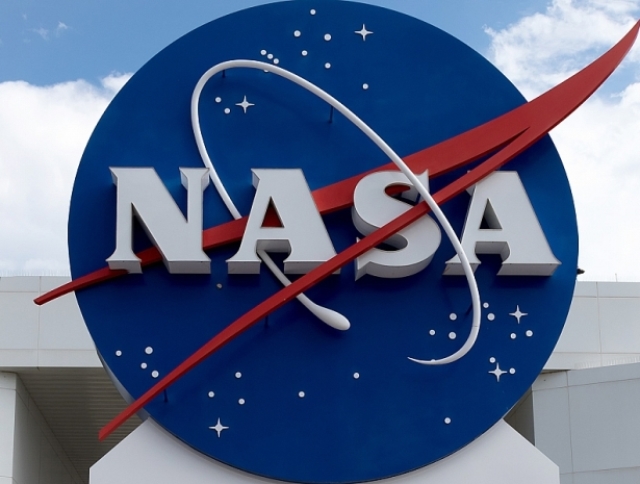Scientists at the University of Maryland have created a new instrument for future NASA space missions aimed at searching for extraterrestrial life and habitable planets. It is a mini laser analyzer that is more compact and resource efficient than its predecessors. A detailed description of the device is presented in an article published in the journal Nature Astronomy .
The device is a combination of two instruments that are critical for the search for signs of life. It consists of a pulsed ultraviolet laser, which removes a thin layer of material (100 nanometers thick) from the sample, and a compact analogue of the Orbitrap analyzer, which allows obtaining high-resolution data on the chemical composition of the substance.
An ultraviolet laser with a wavelength of 266 nanometers is used as a component of desorption mass spectrometry (LDMS), in which the analyte (analyte) is ionized from the sample surface. LDMS allows for targeted analysis of micrometer-scale mineral phases, individual dust particles, microfossils (microscopic fossils), thin-layered biological tissues and individual layers in cores (samples in the form of cylindrical columns).
The original version of the Orbitrap mass analyzer, developed for commercial use, is a bulky device and weighs about 180 kilograms. It took eight years to create a scaled-down prototype. The device is much less likely to contaminate or damage the sample than many other modern methods used to identify unknown compounds. It is also more accurately able to identify complex organic compounds that may indicate the existence of life. On the contrary, easily detectable amino acids, which are components of proteins, also arise as a result of abiotic processes, therefore they are not reliable biosignatures.
Experts hope that LDMS Orbitrap will be used in future NASA space missions such as Enceladus Orbilander and the Artemis lunar program. Enceladus Orbilander involves sampling the water plumes of Enceladus, the icy moon of Saturn, as well as descending to the surface of the satellite to search for signs of extraterrestrial life. Artemis is a program for the exploration of the Moon, within which a new manned flight of the Earth satellite is planned.
In the past, attempts have already been made to launch a spacecraft with LDMS on board. In 1988, an LDMS remote device called LIMA-D was launched on board Phobos-2, but communication with the spacecraft was lost during the approach to Phobos. A later version of LIMA-D, named LAZMA 8, was later launched in 2011 aboard the Phobos-Grunt mission, but due to engine failure, the spacecraft ended up in low Earth orbit and burned up in the atmosphere.

